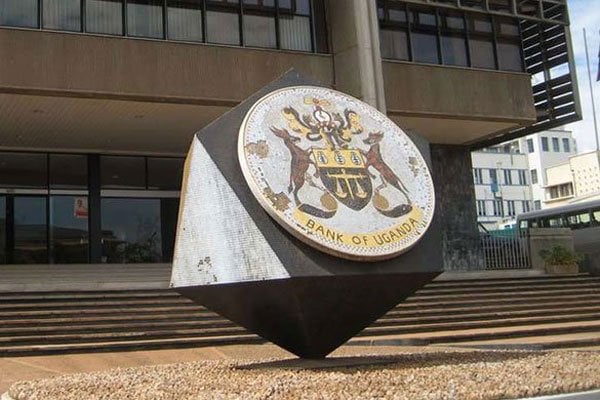Prime
Debt servicing putting pressure on revenues - BoU

The deputy governor Bank of Uganda, Dr Michael Atingi-Ego addresses journalists recently. PHOTO / FILE
What you need to know:
- The growth, Bank of Uganda said, exerts pressure on domestic revenues to finance debt liabilities at the expense of other priority budgetary items.
Bank of Uganda has said government now spends 30 percent of taxes to service debt, increasing pressure on domestic revenues.
In details contained in the State of the Economy Report for the period ended December, Bank of Uganda indicated that “interest payments and debt servicing continue to exert pressure on domestic revenues” breaching the 2018 Public Debt Management Framework (PDMF) threshold of 12.5 percent of domestic revenues, to grow to 30 percent in the year ended October from 24 percent in the same period in 2020.
The growth, Bank of Uganda said, exerts pressure on domestic revenues to finance debt liabilities at the expense of other priority budgetary items.
“Domestic debt interest payments accounts for the lion share at 80 percent of total interest payment,” the report reads in part, indicating that as of October 2022, public debt stood at Shs78.7 trillion, which was a 0.2 percent reduction as of June 2022, due to a 1.6 percent decline in external debt, which maintained the dominant share of 60.3 percent of the total public debt.
Public debt remains a serious concern for a number of Ugandans even as government insists that it is still within sustainable levels.
However, experts have warned that with the portion of debt repayment rising, government is left with very little to invest in priority sectors.
In its report, Bank of Uganda noted that because of rising cost of debt, there was growing “liquidity pressures on the domestic revenues to finance the domestic debt liabilities at the expense of other priority budgetary items.”
Therefore, the Central Bank said, repayment of external debt, which is projected to hit $1.3b annually by the 2022/23 financial year, “remains a major strain on international reserves.”
Public debt is projected to rise to 53 percent of gross domestic product in the medium term but is expected to ease in the 2024/25 financial year.
Government has increasingly been drawing large amounts of debt to finance energy, transportation and other infrastructure.
the argument
Financing extravagance
The rising debt levels, government has previously indicated, will be managed by revenues from oil and gas. However, critics, including Bank of Uganda have warned that whereas debt continues to rise, money borrowed is not invested in critical sectors of the economy but is used to finance government’s extravagance.




